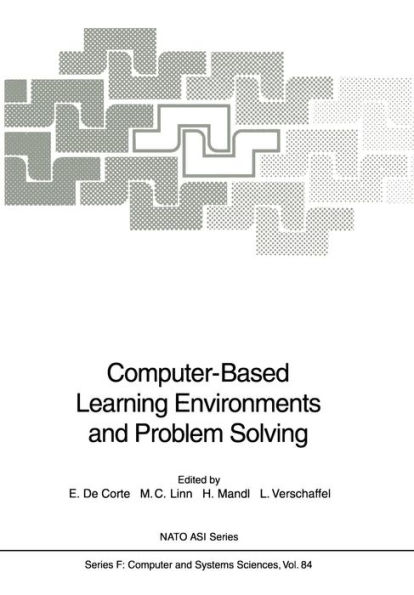5
1

Computer-Based Learning Environments and Problem Solving
484
Computer-Based Learning Environments and Problem Solving
484Paperback(Softcover reprint of the original 1st ed. 1992)
$109.99
109.99
In Stock

Product Details
| ISBN-13: | 9783642772306 |
|---|---|
| Publisher: | Springer Berlin Heidelberg |
| Publication date: | 12/21/2011 |
| Series: | NATO ASI Subseries F: , #84 |
| Edition description: | Softcover reprint of the original 1st ed. 1992 |
| Pages: | 484 |
| Product dimensions: | 6.69(w) x 9.53(h) x 0.04(d) |
From the B&N Reads Blog
